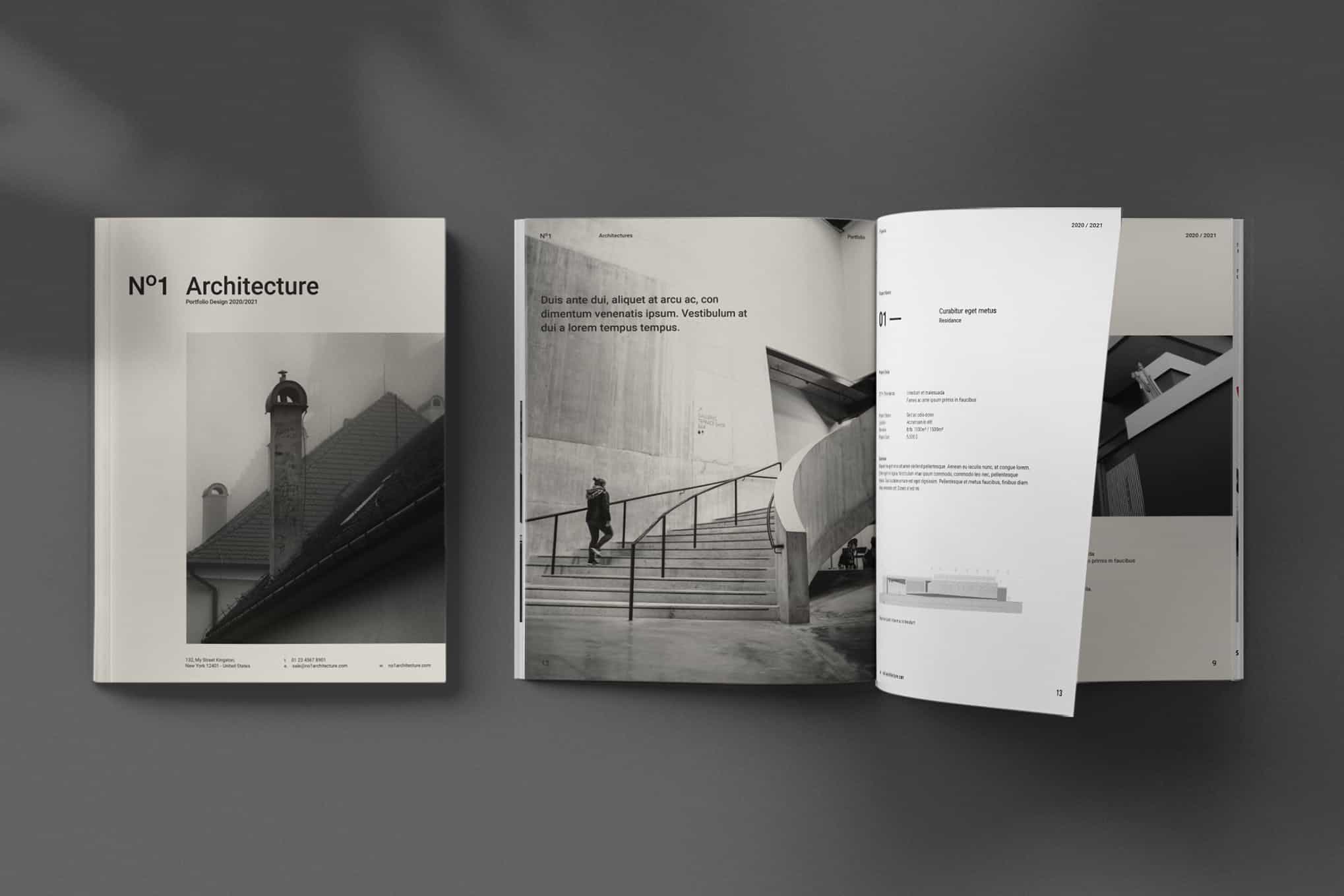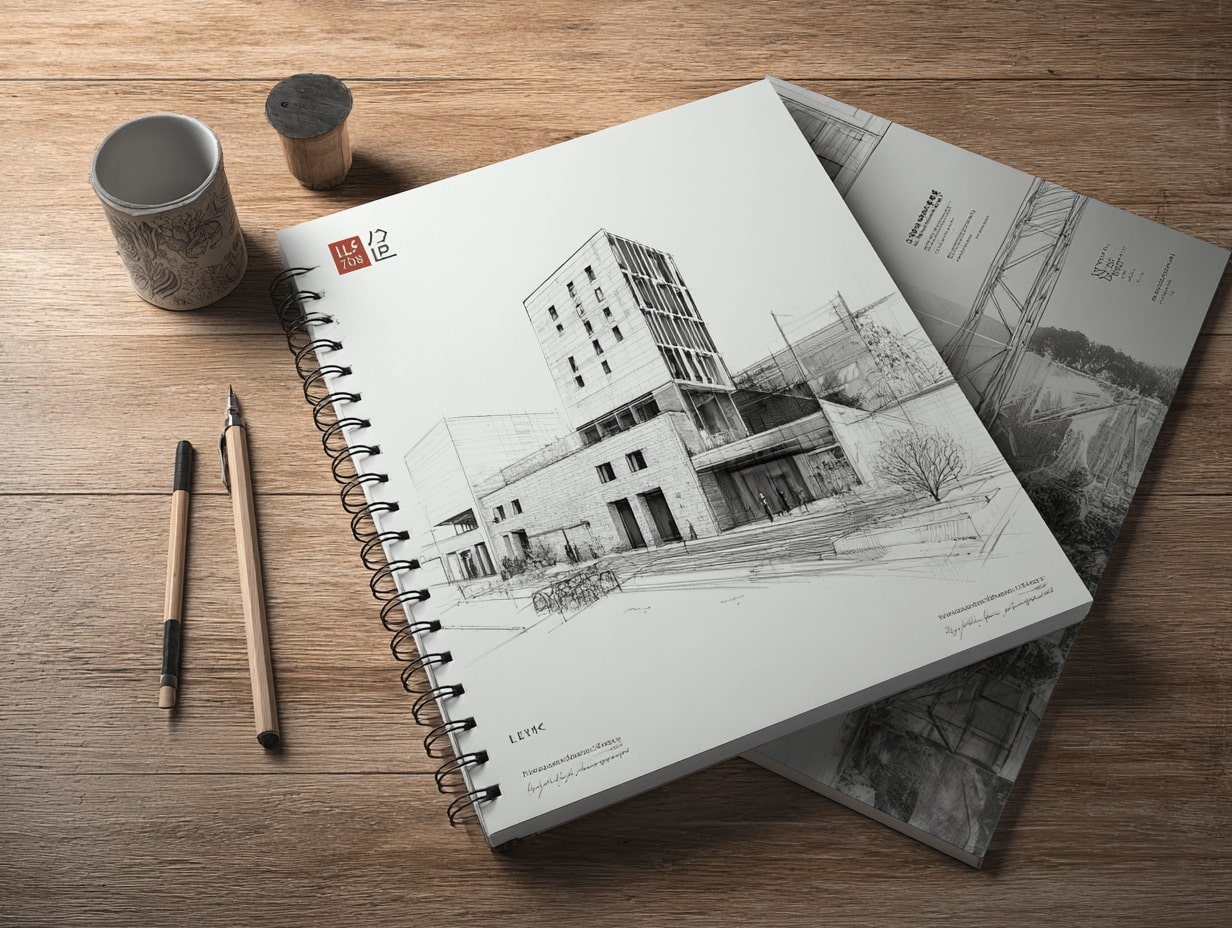- Home
- Articles
- Architectural Portfolio
- Architectral Presentation
- Inspirational Stories
- Architecture News
- Visualization
- BIM Industry
- Facade Design
- Parametric Design
- Career
- Landscape Architecture
- Construction
- Artificial Intelligence
- Sketching
- Design Softwares
- Diagrams
- Writing
- Architectural Tips
- Sustainability
- Courses
- Concept
- Technology
- History & Heritage
- Future of Architecture
- Guides & How-To
- Projects
- Interior Design
- Competitions
- Jobs
- Store
- ToolsNew
- More
- Home
- Articles
- Architectural Portfolio
- Architectral Presentation
- Inspirational Stories
- Architecture News
- Visualization
- BIM Industry
- Facade Design
- Parametric Design
- Career
- Landscape Architecture
- Construction
- Artificial Intelligence
- Sketching
- Design Softwares
- Diagrams
- Writing
- Architectural Tips
- Sustainability
- Courses
- Concept
- Technology
- History & Heritage
- Future of Architecture
- Guides & How-To
- Projects
- Interior Design
- Competitions
- Jobs
- Store
- ToolsNew
- More
The Role of a Portfolio in the Architecture Job Search

An architect’s portfolio is a crucial instrument in the job search process. It displays their knowledge, talents, and experience to prospective employers. An architect’s portfolio often consists of a selection of examples of their work, such as sketches, plans, and pictures of finished projects, as well as explanations of their design technique and process.
The portfolio allows an architect to demonstrate their expertise and creativity in a tangible way. It gives potential employers a glimpse into the architect’s thought process, design approach, and problem-solving skills. Employers can use the portfolio to evaluate the architect’s style, design capabilities, and technical skills to determine if they are a good fit for their organization.

In addition, a portfolio is often used as a marketing tool to attract new clients. It helps establish an architect’s credibility and provides a means for potential clients to assess their work before engaging their services. A well-designed portfolio is a critical component of the architecture job search process. It can make the difference between getting an interview or not, and ultimately, securing a job offer.
Job Opportunities with Architectural Portfolio
Architectural portfolio should demonstrate the architect’s professionalism, including attention to detail, organization, and overall presentation. It should always be well-organized, easy to navigate, and visually appealing. An architectural portfolio is important for job opportunities in many different fields within the architecture industry, including:
-Architectural Design Firms: Architectural design firms typically require portfolios from job applicants to assess their design abilities and determine whether they are a good fit for the firm’s design philosophy. For design firms, architectural portfolio should showcase examples of the architect’s design work, including sketches, renderings, and photographs of completed projects. This should demonstrate the architect’s ability to create aesthetically pleasing and functional designs. The portfolio should also highlight the architect’s technical skills, including proficiency in software such as AutoCAD, Revit, SketchUp, and Adobe Creative Suite. It should also demonstrate an understanding of building codes and regulations.

-Construction Companies: Construction companies may also require portfolios from architects to evaluate their project management and technical skills, as well as their ability to work collaboratively with contractors and other stakeholders. Construction firms often look for architects who have experience in managing projects, including overseeing budgets, schedules, and contractors. The portfolio should include examples of the architect’s project management skills, such as timelines, construction documents, and cost estimates.
-Government Agencies: Government agencies, such as city planning departments, may require architects to submit portfolios as part of the job application process to assess their ability to design and manage public projects. For goverment agencies, your portfolio should also demonstrate the architect’s communication skills, including the ability to collaborate with clients, contractors, and other stakeholders. It should include examples of presentations, reports, and other written and verbal communication materials.

-Academic Institutions: Academic institutions may require portfolios from candidates seeking teaching positions to evaluate their research, design, and teaching abilities.
-Independent Contractors: Independent architects who are seeking new clients may also use portfolios as a marketing tool to showcase their skills and attract new business.
Designing a portfolio specifically for each job institution or firm can help an architect to demonstrate their fit for the particular company and position they are applying for. It can also show that the architect has taken the time to research and understand the firm’s values, design approach, and project requirements.
The design of an architectural portfolio can vary depending on the specific job institution or firm to which an architect is applying. Before creating a portfolio, architects should determine the purpose of the portfolio and tailor its design to the specific job institution or firm to which they are applying. Architects should consider using a table of contents or an index to make it easier for potential employers to find specific information. Architects should provide descriptions and explanations of their design work, including project goals, challenges, and solutions. This can help potential employers understand the architect’s design process and approach.
Similarly, an architect applying to a firm that specializes in historic preservation may want to showcase their experience in restoring and preserving historical buildings. They could include case studies and photos of past restoration projects, along with descriptions of the challenges they faced and the solutions they developed.

Submit your architectural projects
Follow these steps for submission your project. Submission FormLatest Posts
Brand Strategy for Architects and Designers
Today, architects and designers must build strong brands that reflect their vision...
Digital Marketing: The New Portfolio for Showcasing Skills and Attracting Opportunities
Discover how digital marketing has revolutionized the traditional portfolio in today's fast-paced...
Why Students Choose to Study Architecture: Unpacking Passion and Career Opportunities
Explore the compelling reasons students choose to study architecture in this insightful...
Essential Tips for a Good Architecture Portfolio to Impress Employers and Clients
Unlock your architectural potential with our essential tips for crafting a standout...












Leave a comment